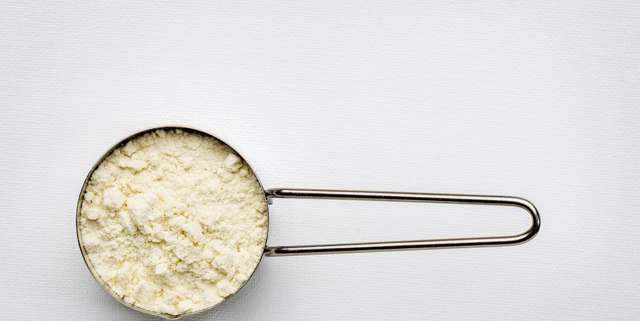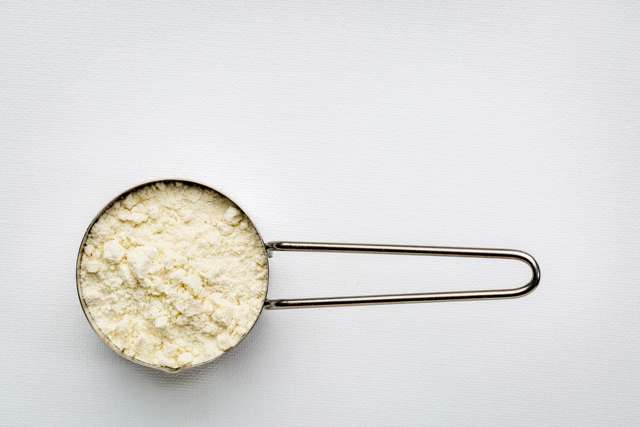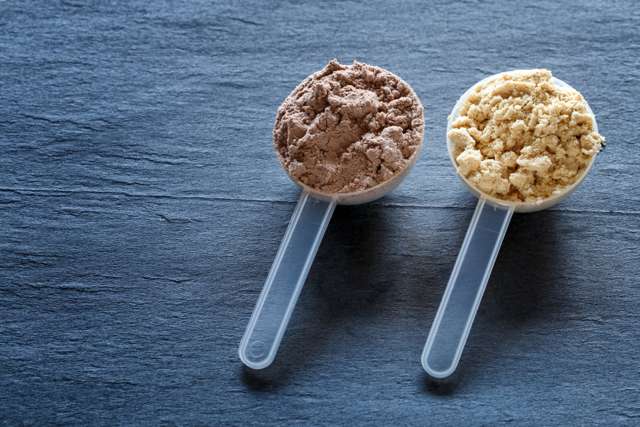
From professional athletes to vegetarians and vegans, thousands of people around the world use protein powder supplements to meet their nutritional needs and color is one of the most important factors that consumers consider when they shop for these products. Color not only plays a significant role in sensory appeal and flavor perception, but color consistency is also an important indicator of quality, as consistency can only be achieved through a refined manufacturing process. In fact, unwanted color change can be a sign of compromised product.
Unfortunately, many protein manufacturers struggle with color consistency in their products, as factors like inconsistent ingredients, uneven mixing, and environmental conditions can impact the color of the powder. This is why you should thoroughly test the color of your protein powder using spectrophotometric color measurement technology. These instruments allow you to produce more appealing products that are consistent products from batch to batch, ensuring the customer expectations are met both in the short and long term. By focusing on color quality control throughout the manufacturing process, you can produce powders that are as appealing as they are nutritious.
Color Consistency is a Sign of Quality in Protein Powder
Protein powders come in a variety of colors depending on the ingredients the manufacturer uses. For example, if a protein powder contains cocoa, it will be naturally brown in color; likewise, powders made from pea protein often have a slightly green hue.1 However, while the raw ingredients in protein powder have an impact on the color of the product, many manufacturers use color additives or bleaching to achieve consistent colors and optimize visual appeal.
Indeed, researchers have found that customers have strong opinions when it comes to the appearance of protein powders, with white, green, and dark brown colors being preferred by most. One small study found that a majority of consumers prefer protein products that appear dull (rather than bright) in color, as this made the product appear more natural. The duller the appearance, the higher the subjects of the study scored the products on their perceived level of effectiveness and attractiveness; white powder appears pure and free of contaminants, consumers associate the color green with health, and dark brown powders often appear free from unappealing artificial additives.2 This is why many protein powder manufacturers generally aim for one of these three shades when they create their products.
But color can also have practical benefits that go beyond psychological impact, and manufacturers often bleach protein powder in part to make it easier for consumers to identify when the powder has expired or oxidized. For example, whey protein is naturally yellow in color because it derives from cheddar cheese.3 However, when this powder is exposed to heat or humidity, oxidation will cause the powder to yellow further or turn brown over time.4 When this happens, lysine (an important amino acid in the supplement) begins to break down, and the powder may become less effective as a result.5 As such, color change can act as a very real and important indicator of efficacy. Unfortunately, many consumers dislike the product’s natural yellow coloration and find it difficult to tell whether the powder is spoiled because they are not able to discern the degree of yellowing. To address this, manufacturers often bleach whey protein powder to make it appear as white as possible; not only does this increase visual appeal, it also allows consumers to more easily detect yellowing caused by oxidation and, hence, potential spoilage.
Whether you choose to bleach your powder, add food dyes, or use only natural ingredients in your formula, it’s important to test your products for color consistency throughout the manufacturing process. This will help you achieve a desirable look for your protein powder and ensure that your products are free of contaminants.




